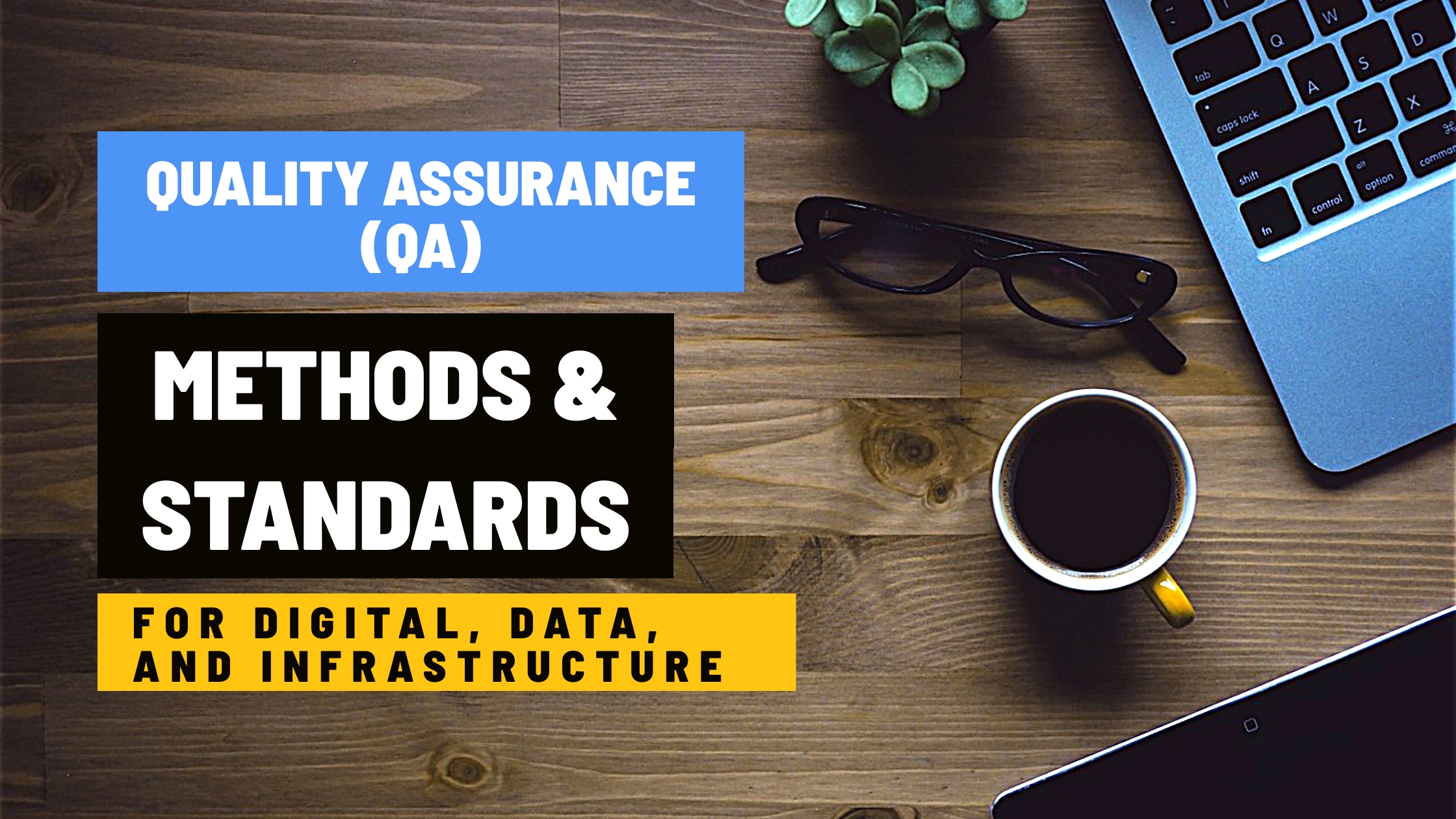
Seamless integration of intelligent systems with complex data ecosystems is paramount for business growth. Many ecommerce enterprises find themselves grappling with the challenge of making AI truly actionable amidst fragmented data and siloed technologies.
Model Context Protocol (MCP) is a leading-edge open standard poised to redefine how AI interacts with the digital commerce landscape. For pioneering business leaders, MCP isn’t just another technical upgrade; it’s a strategic imperative to unlock unprecedented efficiency, foster innovation, and sculpt the future of customer experience.
The Prevailing Challenge: Integration Complexity
I’ve witnessed firsthand how managing a multitude of systems can stifle ecommerce growth. Historically, weaving AI into existing workflows has been a significant technical hurdle, often demanding specialized custom APIs and laborious integrations for each new tool or data source. This complexity can bog down operations, delay innovation, and limit the transformative power of AI.
MCP: The Universal Translator for AI
Imagine a universal translator that enables AI models to effortlessly converse with diverse external systems. That’s the essence of MCP. This open standard provides a unified interface, bridging AI applications with the vast expanse of external data, tools, and environments. Instead of wrestling with a patchwork of bespoke connections, MCP streamlines connectivity, allowing AI to seamlessly tap into everything from inventory databases and CRM platforms to customer analytics and logistics tools.
Commentary: Beyond a Technical Fix – A Paradigm Shift
In my view, MCP transcends being a mere technical solution. It represents a fundamental shift in how we approach AI integration. By abstracting away the complexities of individual system integrations, MCP liberates teams to focus on what truly matters: creating unparalleled value and driving innovation, rather than getting encumbered in managing intricate connections. This isn’t just about efficiency; it’s about unleashing creativity and strategic agility.






